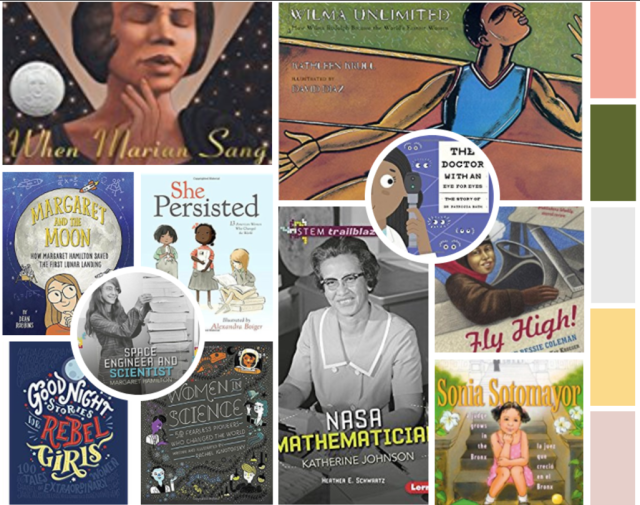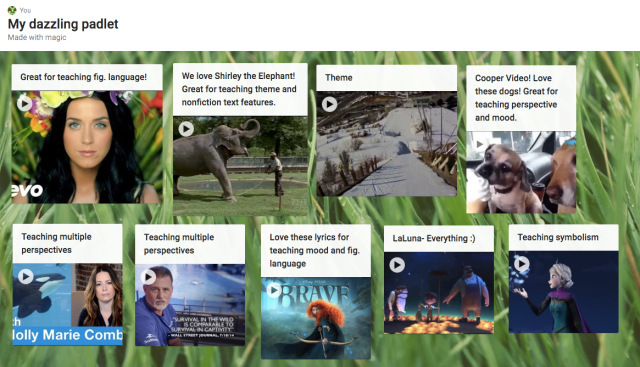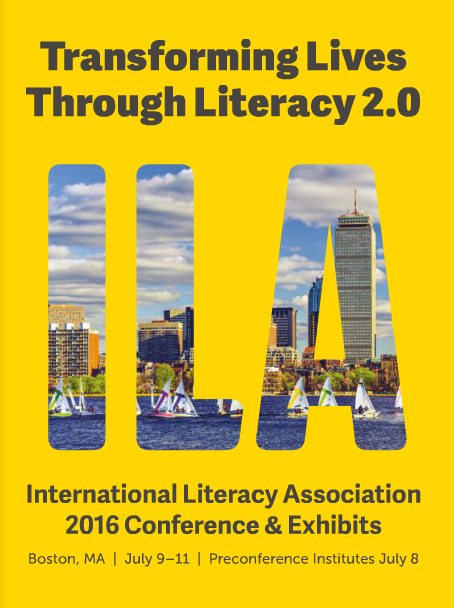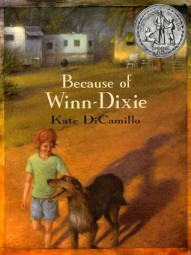Wow! The summer is starting, and I have 3 main goals for rejuvenating and relaxing:
1- Get outside and do some good walking with my yellow lab.
2- Try some new, healthy smoothie recipes.
3- Try to keep up with the #Bookaday challenge. So far, I’m on day 12 of the #Bookaday challenge and I hope to continue for 60 days.
I’m not going to lie- so far there have been some rough days, but I’m hanging in there and am feeling good! If you haven’t heard about the #Bookaday challenge, the goal is to read a book each day. You can start the challenge at anytime and end at anytime. Simply set a goal and read! You can read a picture book, chapter book, professional development book, anything! The purpose of the challenge is to simply set aside some time for reading. How glorious! Thank you, Donalyn Miller and The Nerdy Book Club, for inspiring the #Bookaday challenge!
What I love about this challenge is that with each day that I read, I am gaining book talks for Sept., mentor texts for minilessons, and professional development advice. I am growing stronger as a teacher (and reader!)
Today I read and posted a Good Reads review of Bounce, Megan Shull’s new release (out in Sept.) I’ve attached the review below:
 Bounce by Megan Shull
Bounce by Megan Shull
My rating: 5 of 5 stars
Three cheers for Megan Shull’s new book, Bounce!!! This book feels like a combination of Wendy Mass’s 11 Birthdays and Megan Shull’s The Swap, and it is the perfect blend for readers who love these books. I teach middle school and my students LOVE The Swap. That is why they are counting down the days till Bounce is released. Having just finished reading Bounce, I know they will LOVE it too!
Megan Shull’s distinct writing style and voice shines through in Bounce, and readers will immediately feel like they are back with the voice and style they loved so much in The Swap. Bounce has new characters but the same heartfelt messages and themes from The Swap. While reading Bounce, I laughed, I cried, and I rejoiced. Without giving anything away about the plot, I’ll say that one of my favorite parts of Bounce was meeting such a diverse group of characters. I know that my students will have many discussions about all the characters and how they affected the main character, Frannie.
I am so thankful that Megan Shull writes books that have strong messages, good feels, and diverse characters. As a teacher, I’m always looking for books that will connect with readers. Megan Shull’s books do that. They’re simply magic! If you don’t already have The Swap in your library, it’s a must-have. It will fly off the shelf. In September, get copies of Bounce, too, because they will also be flying off your shelves. I’ve already pre-ordered copies of Bounce– I can’t wait for them to be delivered in Sept. My students will be eagerly waiting for that box, and they’ll love reading Bounce!
Join the #Bookaday challenge! For more information about the #Bookaday challenge, read Donalyn Miller’s blog post here.
You can tweet about your #Bookaday reads with Sonja and me by using the #Bookaday hashatag and our Twitter handle @LitLearnAct. Or visit us on our Facebook Group to talk about about reading, #bookaday, flipped learning, digging deeper into texts, and close reading! We love it! https://www.facebook.com/groups/770735289739767/










